【CSS3】 CSS3:弹性盒子(Flex Box)
2018-06-24 00:42:51来源:未知 阅读 ()

- Flex布局是什么
- 如何指定一个容器为Flex布局
- Flex的基本语法
- display
- flex-direction
- justify-content
- align-items
- flew-wrap
- align-self
- flex-flow
- flex
- order
- 示例
- 骰子的布局
- 圣杯的布局
- 参考文章
一, Flex布局是什么
布局的传统解决方案,基于盒状模型,依赖 display属性 + position属性 + float属性。它对于那些特殊布局非常不方便,比如,垂直居中就不容易实现。Flex布局是W3C组织于2009年提出的一种布局方案,可以简便、完整、响应式地实现各种页面布局。目前,它已经得到了所有浏览器的支持。Flex布局将会成为未来布局的首选方案。

二,如何指定一个容器为Flex布局
只需要在容器中添加值为flex的display属性。
.box{ display: flex; }
三,Flex的基本语法
display
语法: display:flex;
指定Flex。
flex-direction
语法: flex-direction: row | row-reverse | column | column-reverse
指定弹性子元素在父容器中的排列顺序。这个也可以通过设置 direction:rtl; 或是 direction:ltr; 来等效实现,其中的rtl、ltr是right to left、left to right的简写。
justify content
语法: justify-content: flex-start | flex-end | center | space-between | space-around
内容对齐(justify-content)属性应用在弹性容器上,把弹性项沿着弹性容器的主轴线(main axis)对齐。
概念理解图:
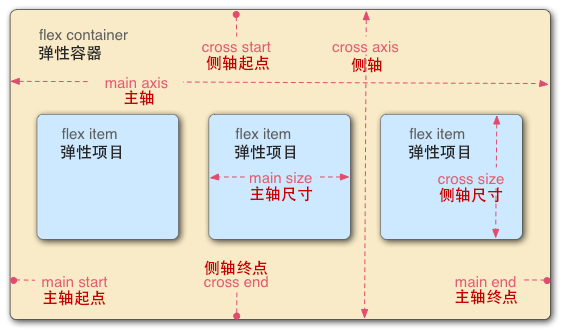
其中space-around,笔者总结了一个简单的公式:
x=(W2-N*W1)/(2N)
x:最两边留下的宽度。
W2:就是模块的width。
W1:一个子模块的宽度(每个均匀)。
N:
align-items
语法: align-items: flex-start | flex-end | center | baseline | stretch
设置弹性盒子元素在侧轴(纵轴)方向上的对齐方式。
下面这张图片可以帮助读者理解baseline:

flex-wrap
语法: flex-flow: nowrap | warp | warp-reverse
align-content
语法: align-content: flex-start | flex-end | center | space-between | space-around | stretch
设置各个行的对齐方式。
align-self
语法: align-self: auto | flex-start | flex-end | center | baseline | stretch
设置弹性元素自身在侧轴方向的对齐。这个属性要区别与align-content,align-content的范围是每一行,然而align-self只是某一行里面的某个弹性元素。
flex-flow
语法:flex-direction和flex-wrap的简写。
flex
语法: flex: flex-grow flex-shrink flex-basis|auto|initial|inherit;
指定元素分配空间。需要注意,如果flex-basis为100%,那么该弹性模块就会单独占一行。
oder
语法: order: number|initial|inherit;
指定弹性模块的排列顺序,其中值越小,越优先,可以为负值。
四,示例
1,骰子的布局
骰子的一面,最多可以放置9个点。

下面,就来看看Flex如何实现,从1个点到9个点的布局。你可以到codepen查看Demo。

如果不加说明,本节的HTML模板一律如下。
<div class="box"> <span class="item"></span> </div>
上面代码中,div元素(代表骰子的一个面)是Flex容器,span元素(代表一个点)是Flex项目。如果有多个项目,就要添加多个span元素,以此类推。
1.1 单项目
首先,只有左上角1个点的情况。Flex布局默认就是首行左对齐,所以一行代码就够了。
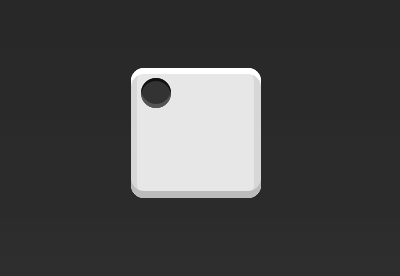
.box { display: flex; }
设置项目的对齐方式,就能实现居中对齐和右对齐。

.box { display: flex; justify-content: center; }

.box { display: flex; justify-content: flex-end; }
设置交叉轴对齐方式,可以垂直移动主轴。
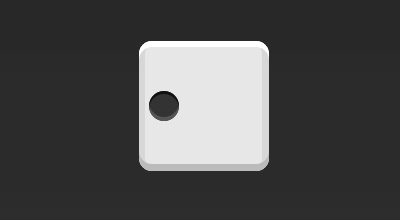
.box { display: flex; align-items: center; }
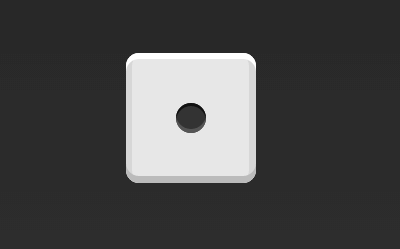
.box { display: flex; justify-content: center; align-items: center; }
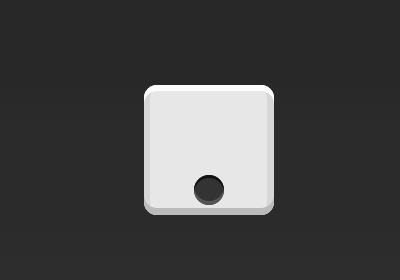
.box { display: flex; justify-content: center; align-items: flex-end; }
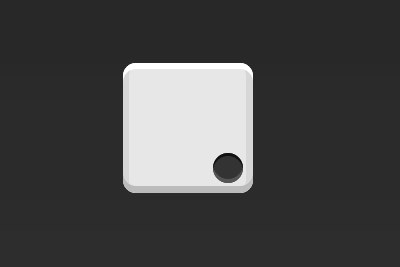
.box { display: flex; justify-content: flex-end; align-items: flex-end; }
1.2 双项目
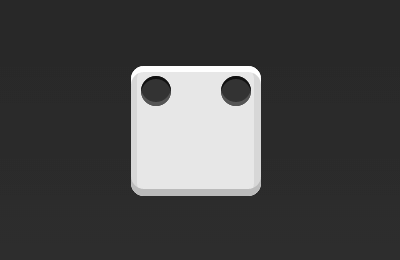
.box { display: flex; justify-content: space-between; }

.box { display: flex; flex-direction: column; justify-content: space-between; }
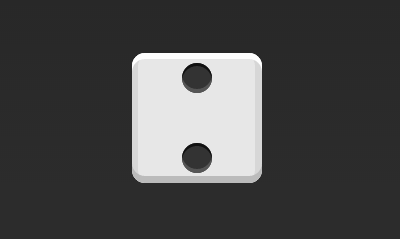
.box { display: flex; flex-direction: column; justify-content: space-between; align-items: center; }
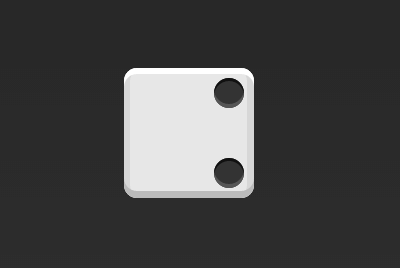
.box { display: flex; flex-direction: column; justify-content: space-between; align-items: flex-end; }

.box { display: flex; } .item:nth-child(2) { align-self: center; }

.box { display: flex; justify-content: space-between; } .item:nth-child(2) { align-self: flex-end; }
1.3 三项目

.box { display: flex; } .item:nth-child(2) { align-self: center; } .item:nth-child(3) { align-self: flex-end; }
1.4 四项目
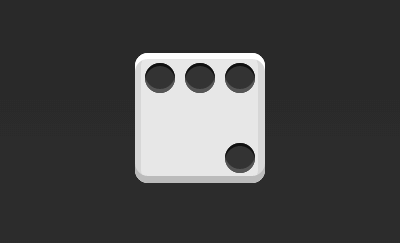
.box { display: flex; flex-wrap: wrap; justify-content: flex-end; align-content: space-between; }
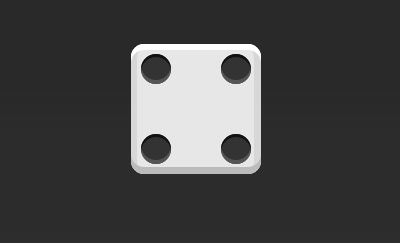
HTML代码如下。
<div class="box"> <div class="column"> <span class="item"></span> <span class="item"></span> </div> <div class="column"> <span class="item"></span> <span class="item"></span> </div> </div>
CSS代码如下。
.box { display: flex; flex-wrap: wrap; align-content: space-between; } .column { flex-basis: 100%; display: flex; justify-content: space-between; }
1.5 六项目
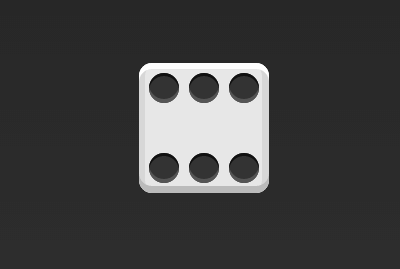
.box { display: flex; flex-wrap: wrap; align-content: space-between; }

.box { display: flex; flex-direction: column; flex-wrap: wrap; align-content: space-between; }

HTML代码如下。
<div class="box"> <div class="row"> <span class="item"></span> <span class="item"></span> <span class="item"></span> </div> <div class="row"> <span class="item"></span> </div> <div class="row"> <span class="item"></span> <span class="item"></span> </div> </div>
CSS代码如下。
.box { display: flex; flex-wrap: wrap; } .row{ flex-basis: 100%; display:flex; } .row:nth-child(2){ justify-content: center; } .row:nth-child(3){ justify-content: space-between; }
1.6 九项目
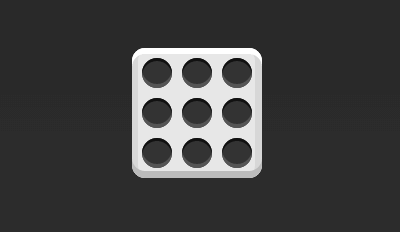
.box { display: flex; flex-wrap: wrap; }
2,圣杯布局
圣杯布局(Holy Grail Layout)指的是一种最常见的网站布局。页面从上到下,分成三个部分:头部(header),躯干(body),尾部(footer)。其中躯干又水平分成三栏,从左到右为:导航、主栏、副栏。

HTML代码如下:
<div class="flex-container"> <header class="header">头部</header> <article class="main"> <p>主体</p> </article> <aside class="aside aside1">边栏 1</aside> <aside class="aside aside2">边栏 2</aside> <footer class="footer">底部</footer> </div>
CSS代码入下:
.flex-container { display: -webkit-flex; display: flex; -webkit-flex-flow: row wrap; flex-flow: row wrap; font-weight: bold; text-align: center; } .flex-container > * { padding: 10px; flex: 1 100%; } .main { text-align: left; background: cornflowerblue; } .header {background: coral;} .footer {background: lightgreen;} .aside1 {background: moccasin;} .aside2 {background: violet;} @media all and (min-width: 600px) { .aside { flex: 1 auto; } } @media all and (min-width: 800px) { .main { flex: 3 0px; } .aside1 { order: 1; } .main { order: 2; } .aside2 { order: 3; } .footer { order: 4; } }
五,参考文章
https://davidwalsh.name/flexbox-dice
http://www.ruanyifeng.com/blog/2015/07/flex-grammar.html?utm_source=tuicool
http://www.runoob.com/css3/css3-flexbox.html
本文章为博主原创作品,若需转载请注明出处。
标签:
版权申明:本站文章部分自网络,如有侵权,请联系:west999com@outlook.com
特别注意:本站所有转载文章言论不代表本站观点,本站所提供的摄影照片,插画,设计作品,如需使用,请与原作者联系,版权归原作者所有
- ie8下透明度处理 2020-06-11
- CSS3 2020-06-05
- css:css3(圆角边框、盒子阴影、文字阴影) 2020-06-05
- css:盒子模型边框(边框、内外边距) 2020-06-03
- 2.CSS3选择器 2020-05-17
IDC资讯: 主机资讯 注册资讯 托管资讯 vps资讯 网站建设
网站运营: 建站经验 策划盈利 搜索优化 网站推广 免费资源
网络编程: Asp.Net编程 Asp编程 Php编程 Xml编程 Access Mssql Mysql 其它
服务器技术: Web服务器 Ftp服务器 Mail服务器 Dns服务器 安全防护
软件技巧: 其它软件 Word Excel Powerpoint Ghost Vista QQ空间 QQ FlashGet 迅雷
网页制作: FrontPages Dreamweaver Javascript css photoshop fireworks Flash
